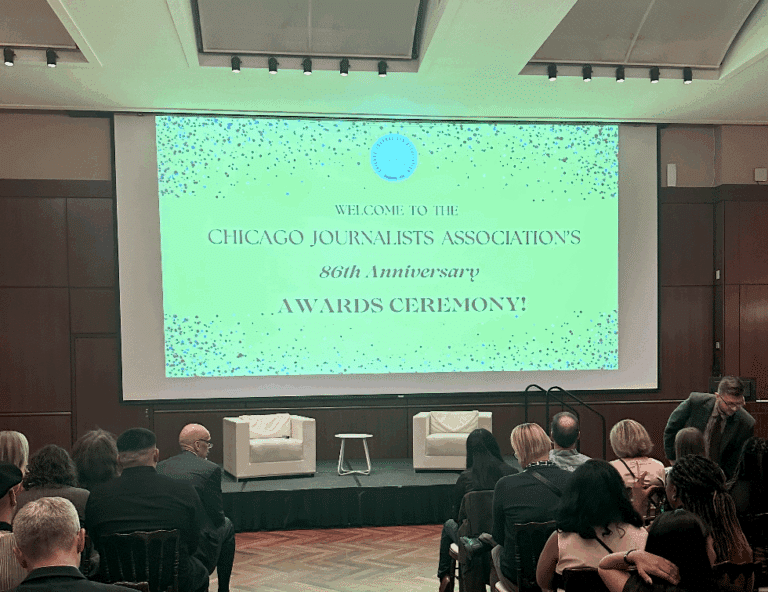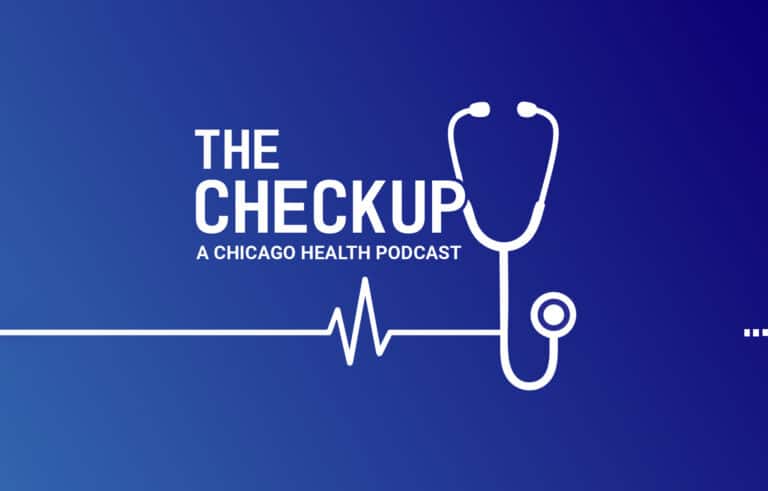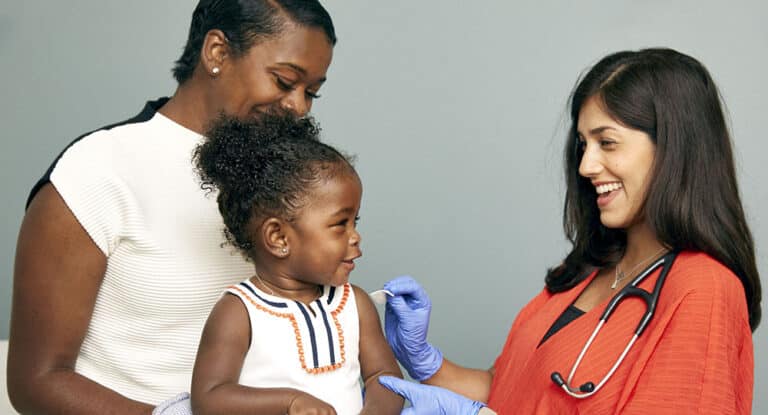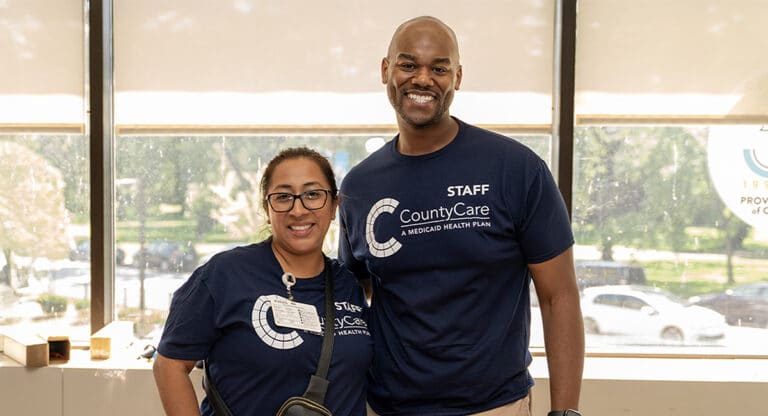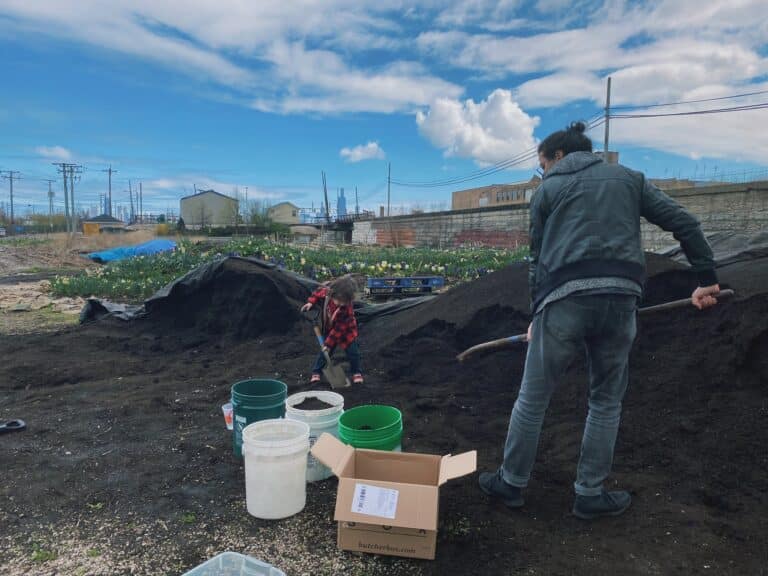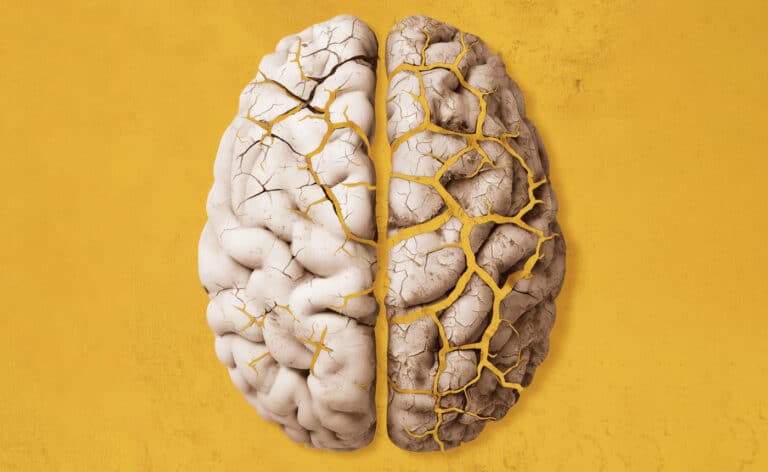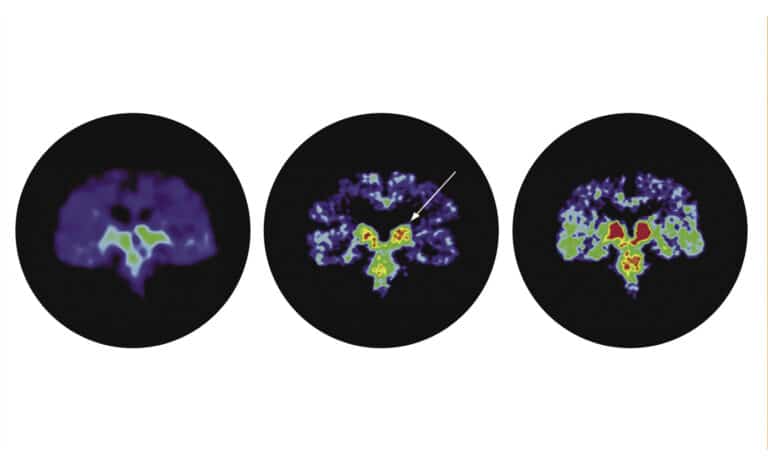Fact checked by Jim Lacy
Humanity in healthcare, in the United States at least, feels like an oxymoron. Is that because we expect more honoring and better tending from a field, medicine, focused on keeping humans well?
Yet, inherent in doctor visits is threat. Will something be discovered that will devastate me physically, psychologically, familialy, financially? Threatened, our senses are heightened; we are more open to triggers and trespasses.
So how do we mitigate the nervous system’s job to detect threat? I’ll start by sharing the positive experience I have every year at my annual mammogram appointment.
Exemplary in its humanity, Northwestern Medicine’s Lynn Sage Comprehensive Breast Center, in my experience, makes positive human contact a priority from scheduling to check out. Administrators at the center talk us patients through the visit’s steps and procedures, providing soft, heated gowns to wear. I have mostly been seen on time and sometimes even early. Kindness is clear on the phone and in person. And Sage’s waiting room is full (I’ll explain later why this is important). It’s as if the center coordinators understand the threat that looms even when we are just scheduling a mammogram, not to mention the terror that seizes us when we are asked to do a follow-up exam. Calm thee, my precious nervous system!
Yes, when our nervous system detects a threat, we can be thrown into fight-flight mode. Adrenaline releases. Heart rate increases. Breath intensifies. Senses heighten. We spin into a tizzy that can be helpful in fight or flight, though likely unnecessary during a diagnostic test or routine exam.
More grounding is another nervous system stress response that is predominant with women, though men experience it as well: the tend-and-befriend response. Christine Runyan, clinical psychologist and professor in the department of Family Medicine and Community Health at the University of Massachusetts Chan Medical School, theorizes that it is because of the tend-and-befriend stress response that people who experience natural disasters suffer less trauma than those in combat. During natural disasters, neighbors and communities pull together to assist one another, Runyan says in an interview with Krista Tippett on the podcast On Being. Runyan explains that the pituitary hormone oxytocin is released during nurturing behavior; it inhibits the sympathetic nervous system activity expressed in a fight-flight reaction to stress.
A waiting room of people allows commiseration, silent or aloud. A smile or warm words from an administrator or another patient might trigger the release of oxytocin and help patients and medical staff connect and calm. Sage’s warm gowns might encourage oxytocin release, too.
And then, there’s my internist’s office. [I will not rant!] The waiting room is stark. No magazines. Nobody to acknowledge or converse with. My only contact is an administrator who says with neutrality and no eye contact, “Have a seat. Someone will be with you soon.”
The room is void of anything alive, except me.
After 15 minutes, I am further isolated in an exam room where I wait another 40. My doc enters with no apology or acknowledgement for the delay. She asks if anything has changed since my last appointment, takes my vitals, listens to my heart and lungs, and tells me that someone will come in to take my blood.
She exits.
A technician draws my blood 20 minutes later. No one tells me how to checkout, if I need to make a copay, or schedule my next appointment.
As I ride the elevator to the ground floor, I’m frustrated, feeling isolated and wondering what has happened to humanity. At a time when anxiety and loneliness are epidemic, I would hope that our medical system is doing all that is possible to soothe our nervous systems. Calming music. Live plants. Clear guidance. Human contact. Warm gowns.
Most everything in the medical system can belie threat. So please, administrators, physicians, technicians, and patients: Let’s do everything we can to create humane environments. Tending and befriending helps us all.
Originally published in the Spring/Summer 2025 print issue.
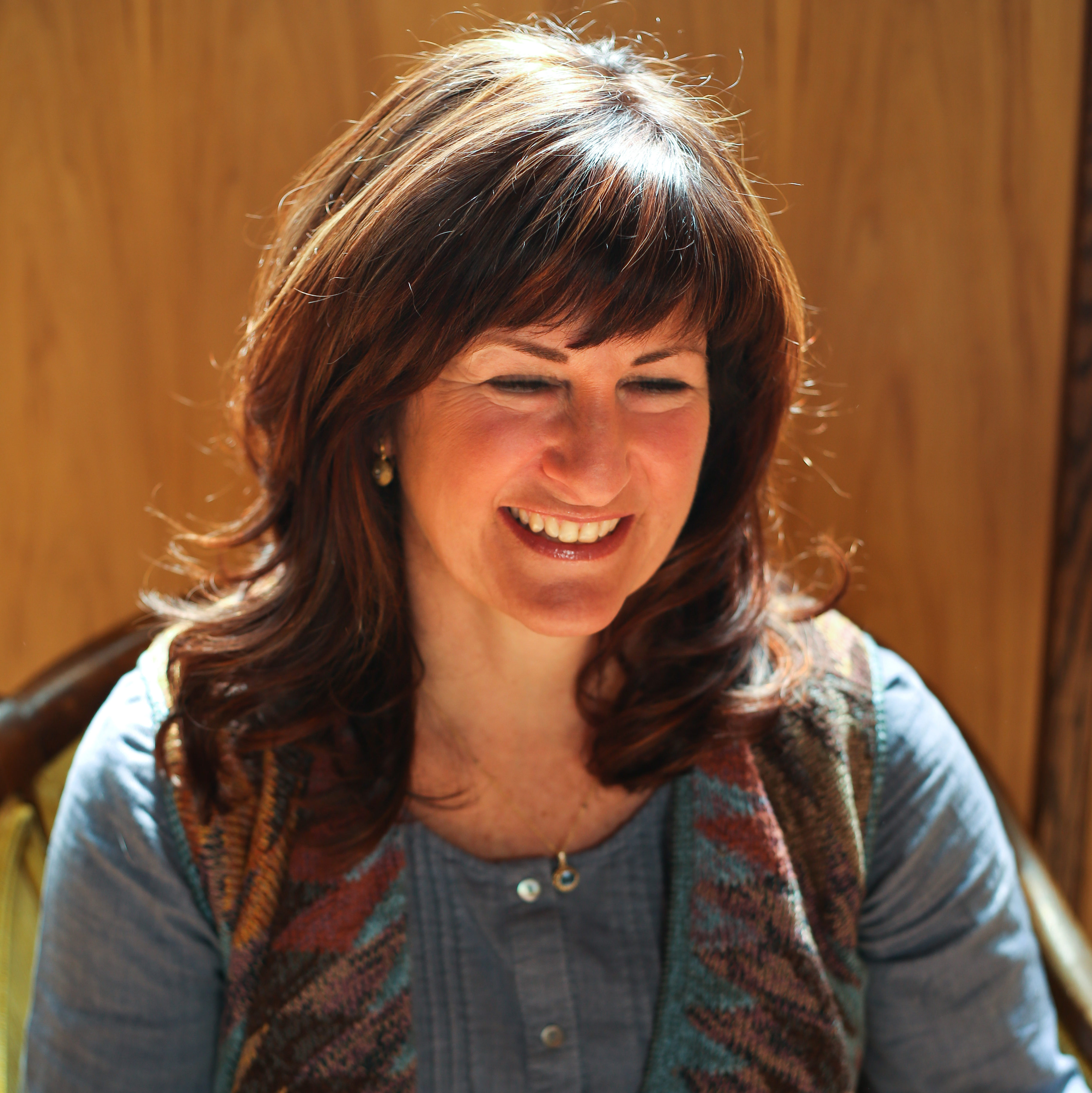
Kathleen Aharoni is a movement and life coach, forest bathing guide, and author of the award-winning book I breathe my own breath! She has served on the faculties of Northwestern University and Columbia College.



